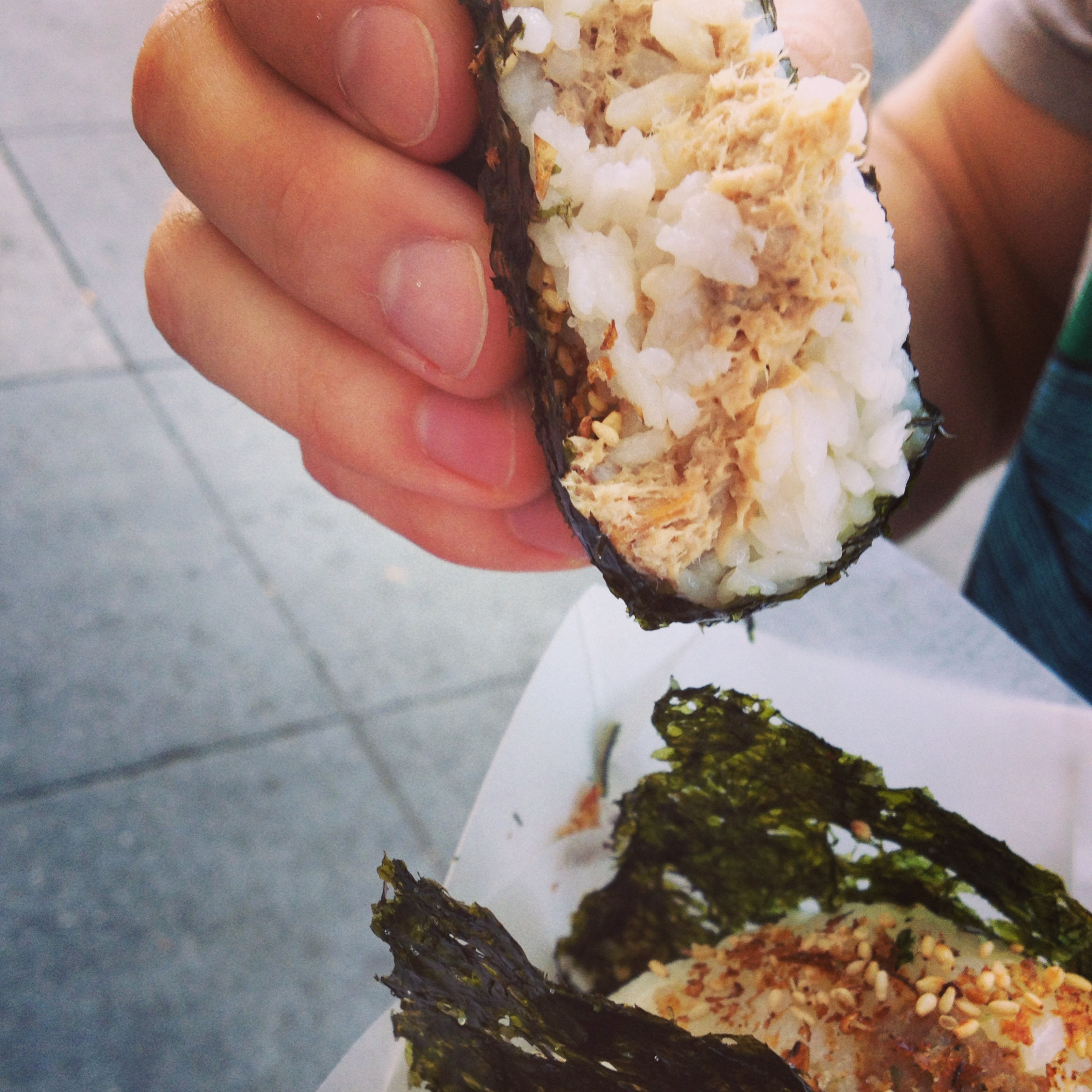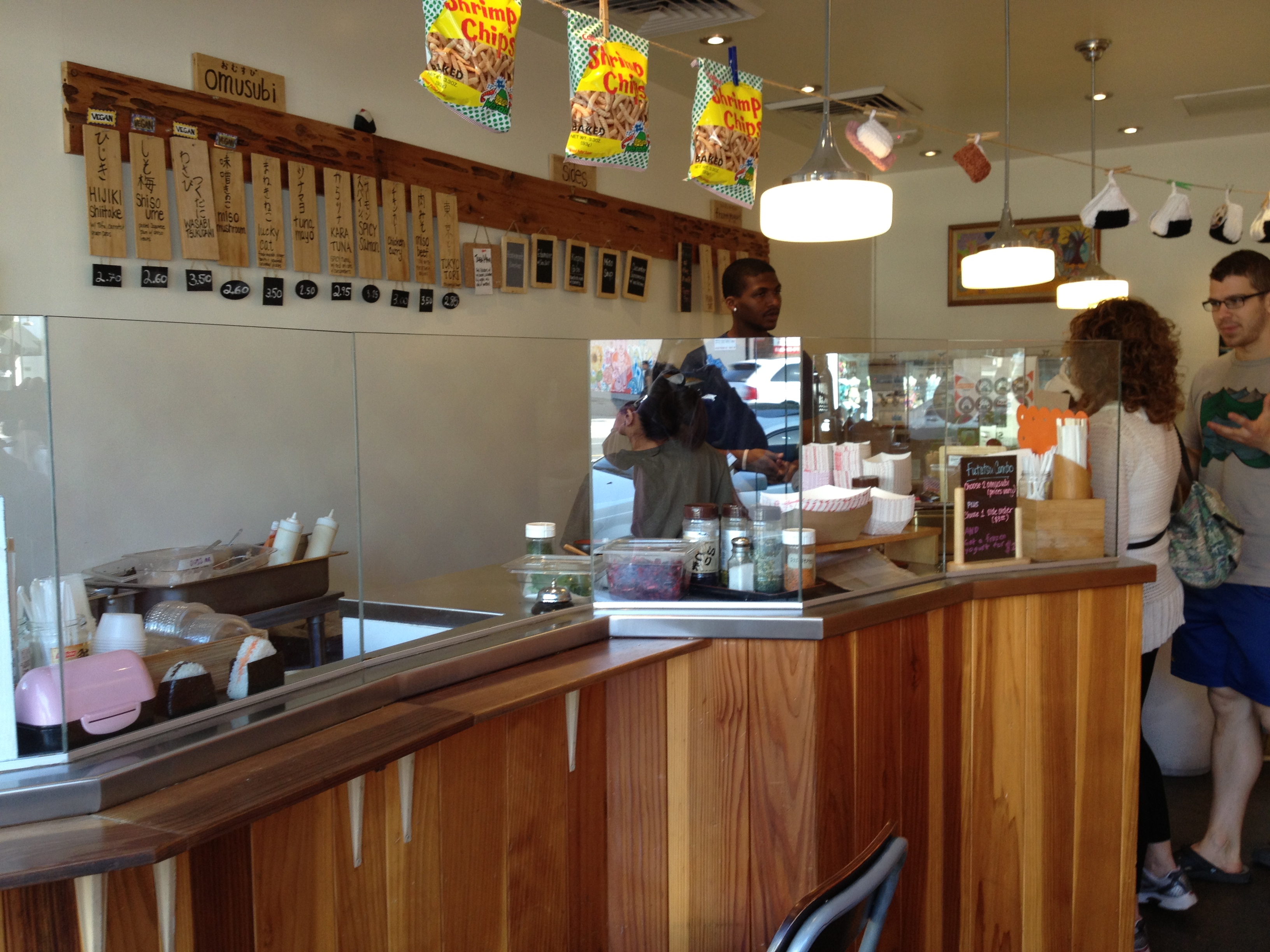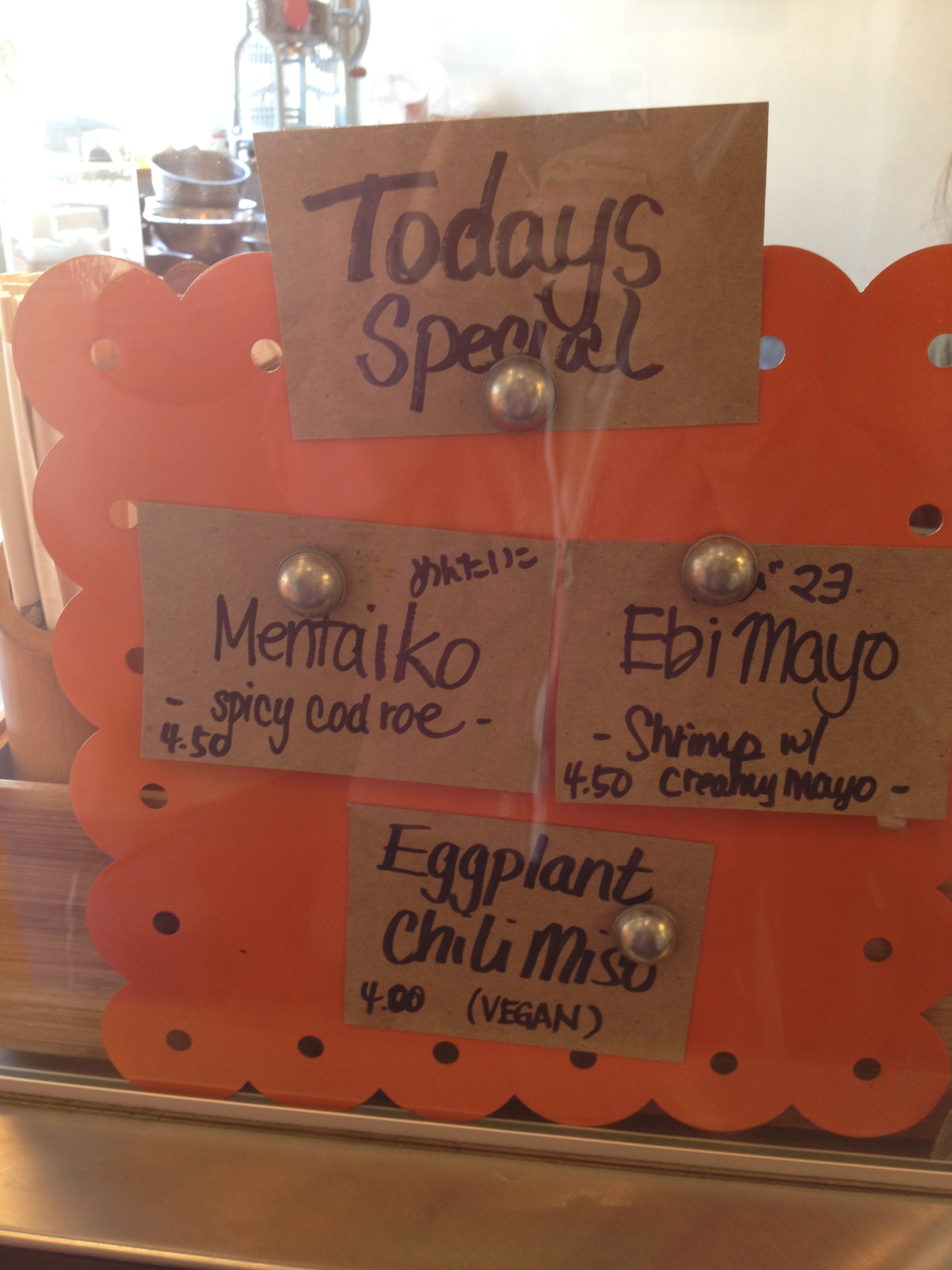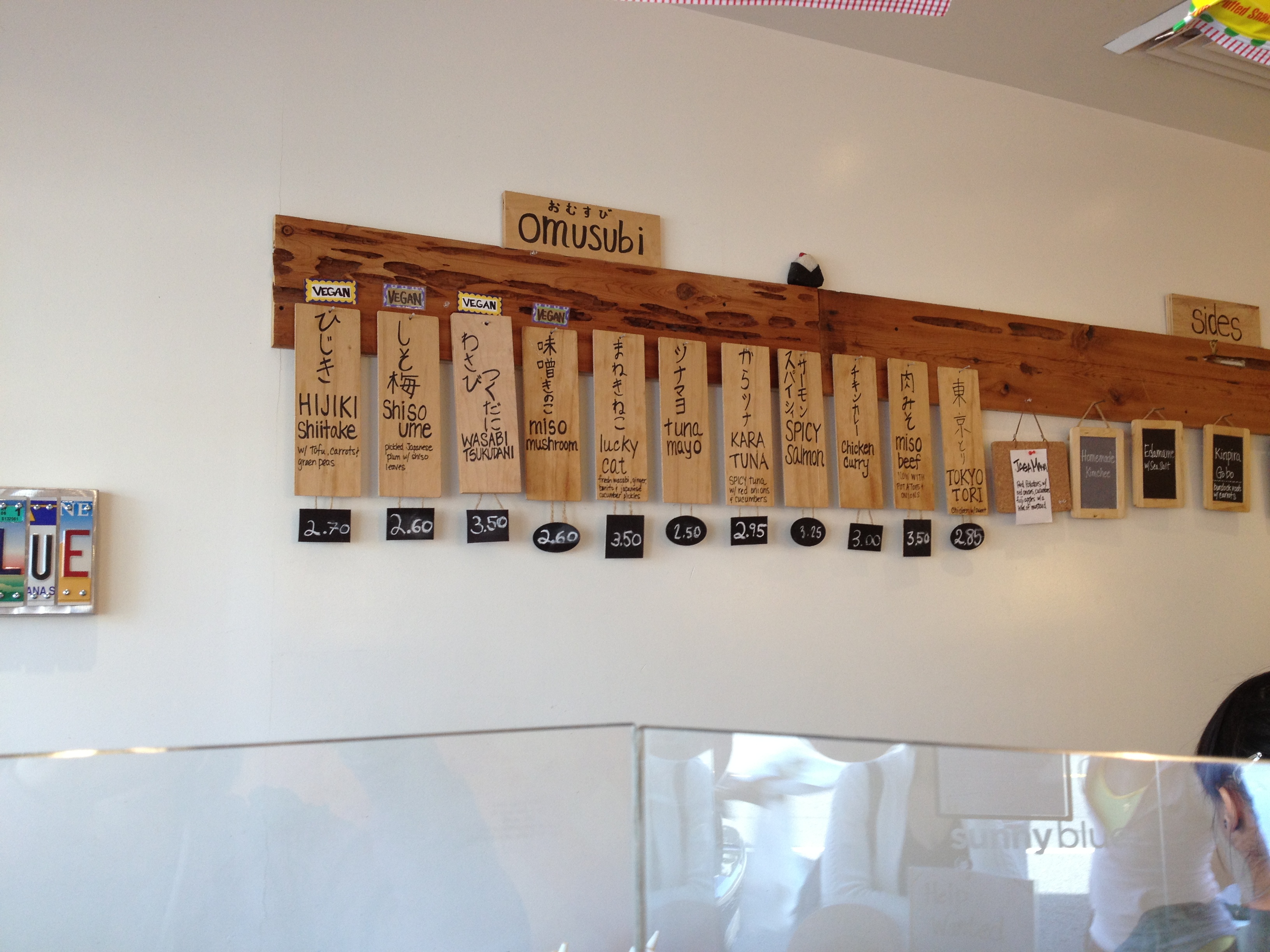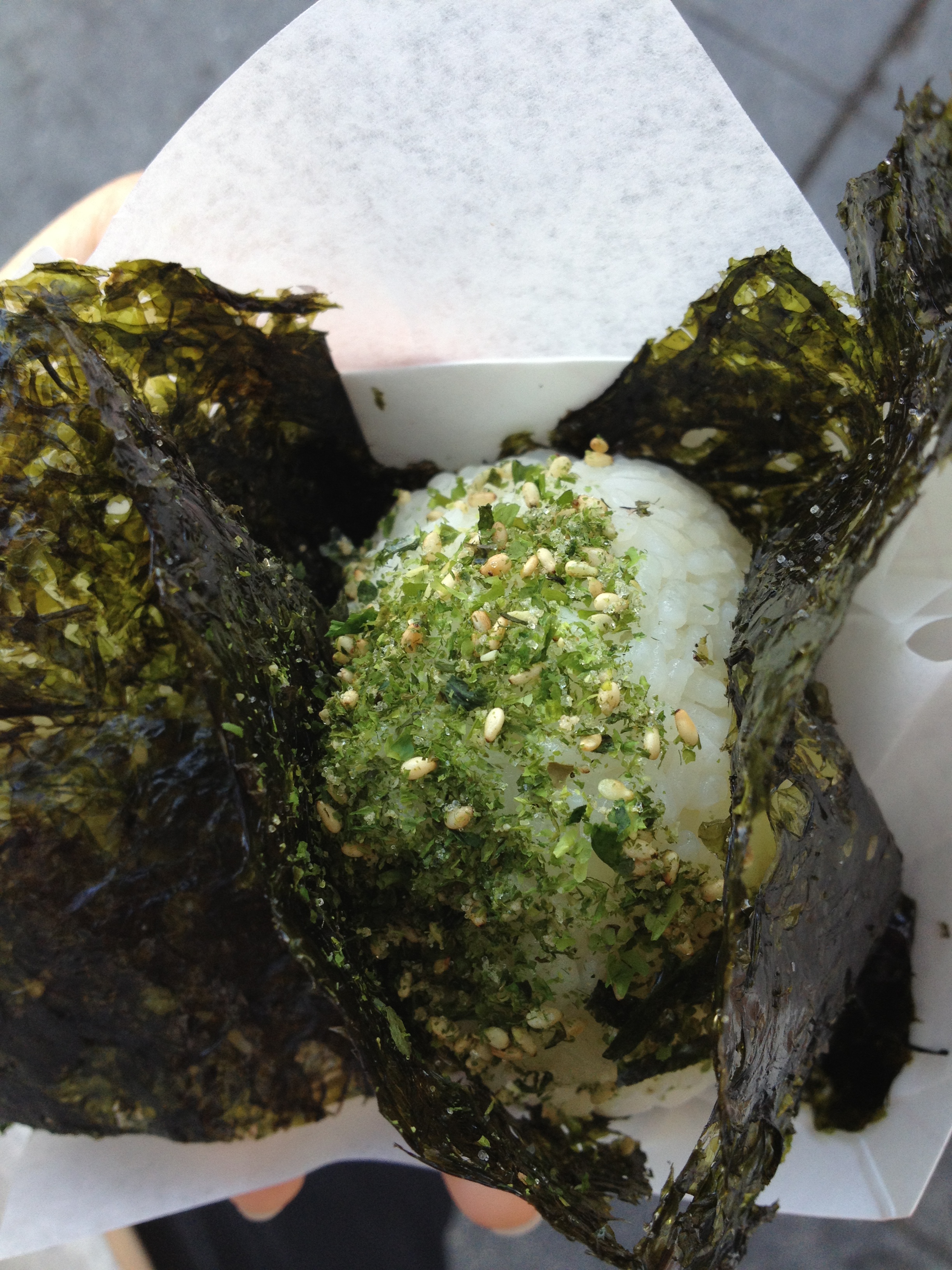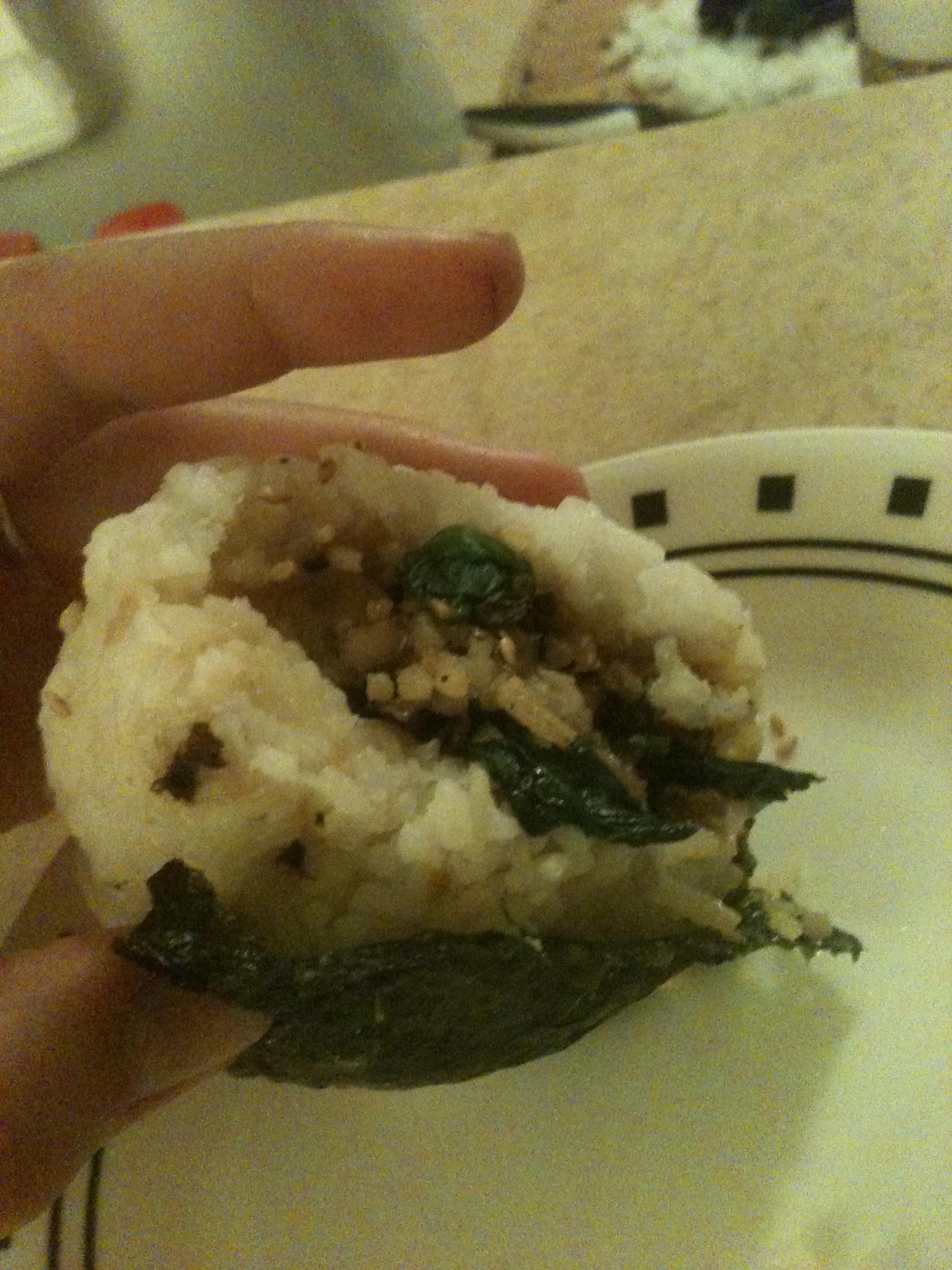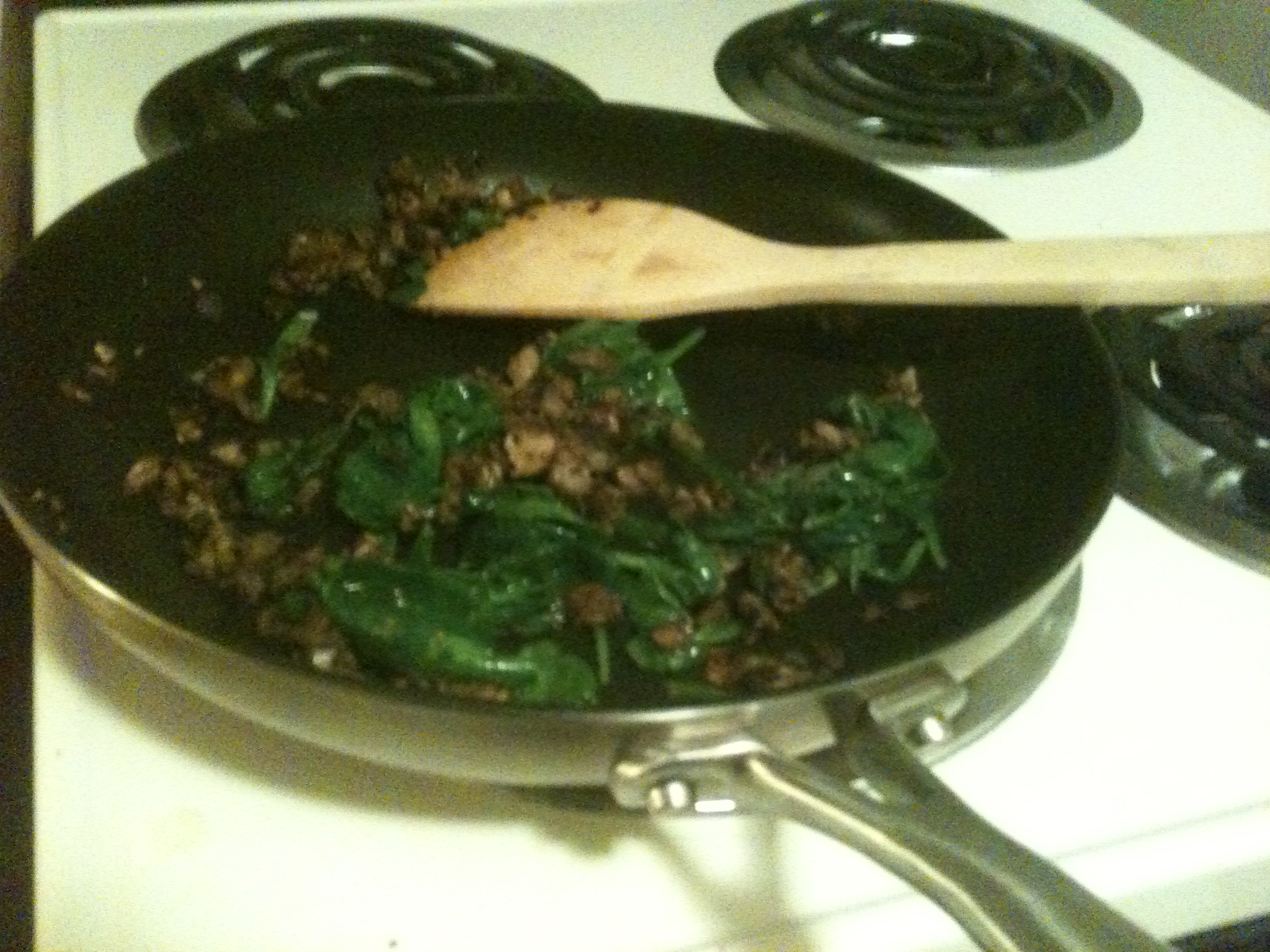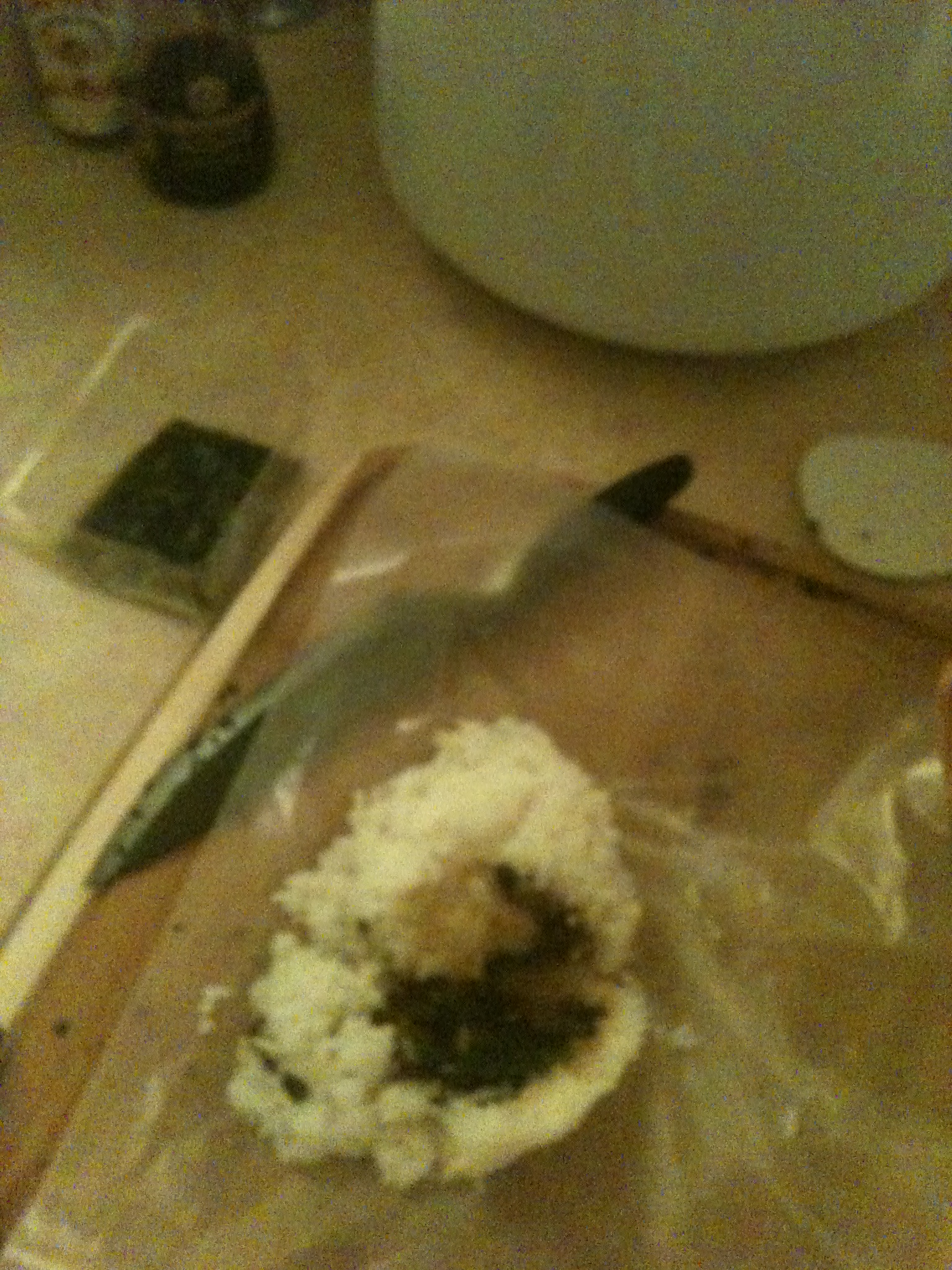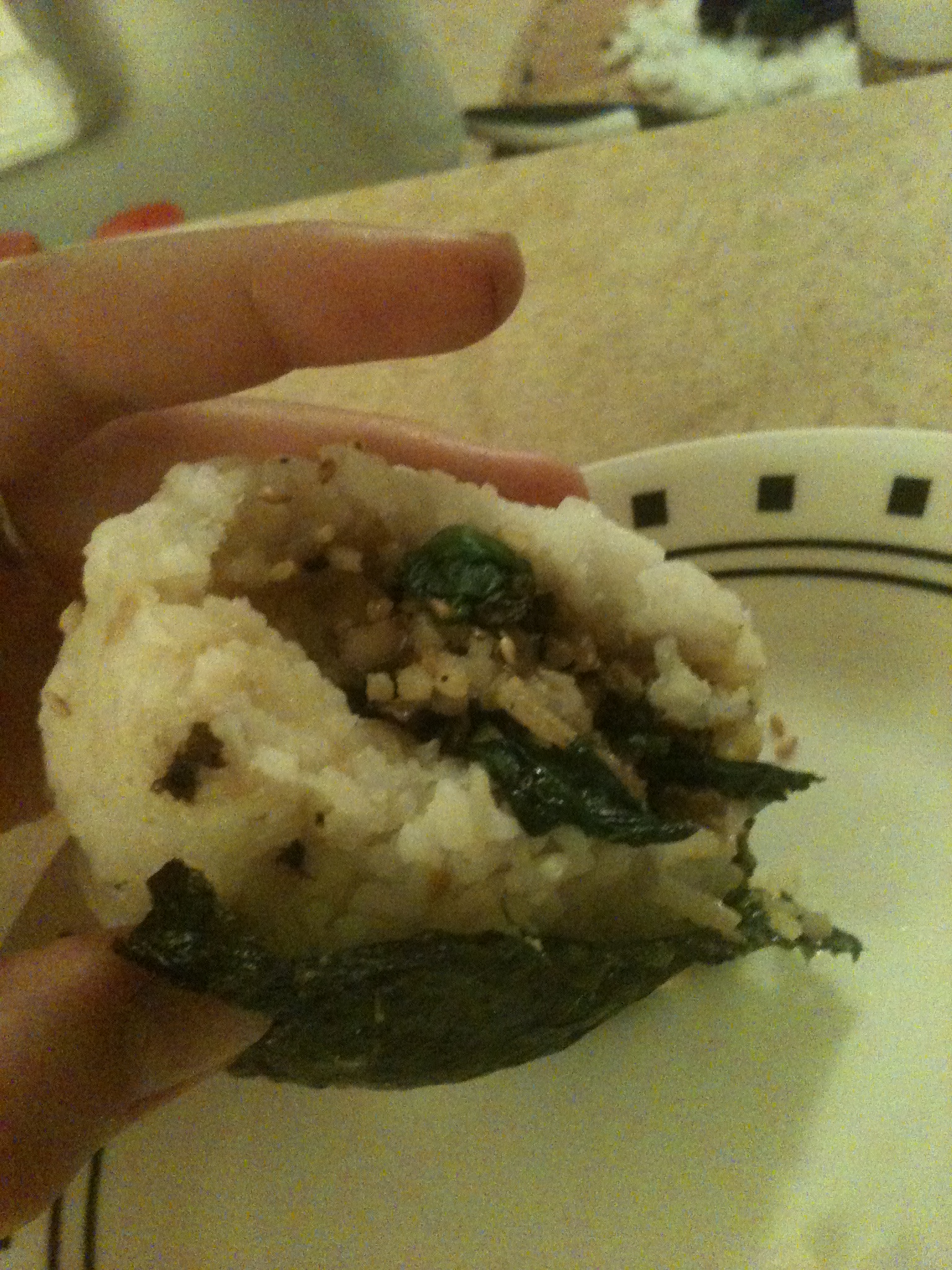During my time in school in South Korea, I found it very challenging to maintain my daily caloric intake of 10,000-12,000. One reason is the food is extremely healthy and calorically low. The second is that the servings are tiny compared to those in the United States. Finally, so much of the food is extremely spicy and very painful for me to eat because of my geographic tongue. The result was I first found out how to say, write, and read wrappers for food. The first words I learned were beef, chicken, tuna and spicy/hot.
I learned how to read the wrappers on a portable food called kimbap, or gimbap, or however you spell or say it. The g and k sound in Korean is one of the tricky ones to learn how to differentiate between when you learn the language. It’s pronounced kimbap, if you’re American. I lived on these… I mean I must have had at least 6-12 a day and they were not of the highest quality. They were typically from 7-11 or a local market similar to 7-11 depending on where I was. We had one of these markets in our residence hall on campus so I got all the ones I could from there. Typically, I would have the not spicy tuna with mayo. It gave me the protein I needed, wasn’t spicy, and had some extra calories from the mayo. It was good, it made me happy and it only led to me losing 30 pounds in Korea as opposed to maybe 40. That’s another story I’ll cover in the future when I talk about my fitness journey and goals. So why did I bother to tell you all this history… well this is why.
On Main Street in Santa Monica, you can find an amazing little food shop called Sunny Blue. Fit and I went there the first week they opened a few years ago and it was dead every day. The female owner, Keiko, was nearly the only one working there but we frequented it every day during that week in Samo. Why? Because they served omusubi, or onigiri, or rice balls. These are the Japanese twin of my kimbaps and I was thrilled to find it. They are VERY similar and this location does not lack quality control and creating great flavor profiles. They make all of their omusubi fresh for you. The ingredients are prepared earlier but they are assembled to order, and freshly seasoned in the process.
Over the past few years, they have gotten much more popular and now when we visit, the line is out the door. We are thrilled that they have seen such growth and success because they deserve it for their devotion to their craft. They also serve some traditional Japanese sodas, shrimp chips, and frozen yogurt. When we got the froyo when they first opened, it wasn’t quite the quality of YogurtLand nor did it match their level of omusubi, so we’ve never tried their froyo again. Nevertheless, Sunny Blue is a must stop-by food location in Los Angeles, and the brilliance is you can eat one whenever. I don’t care how full you are from lunch, each rice ball is a snack sized treat that can find its way to your stomach.
From our most recent trip, yesterday, the menu has expanded to include daily specials and a long list of classic selections. Popular choices include: miso mushroom, hijike shitaki, tuna mayo, tokyo tori, curry chicken, miso beef, and more. Those are our favorites because of the lack of spice, but richness of other flavors. They are reasonably priced in the range of $2.50-$5.00 depending on what you get. I’ve actually never seen one for more than $4.50 so $3-4 is a more accurate range for the normal menu. PLUS, now they sell very cute t-shirts! Sunny Blue is a hungry and fit favorite. We even learned to make it ourselves so when we depart Santa Monica, we can somewhat resemble the deliciousness. It tastes delicious, is light on the wallet, and can definitely help you stay hungry and fit!

